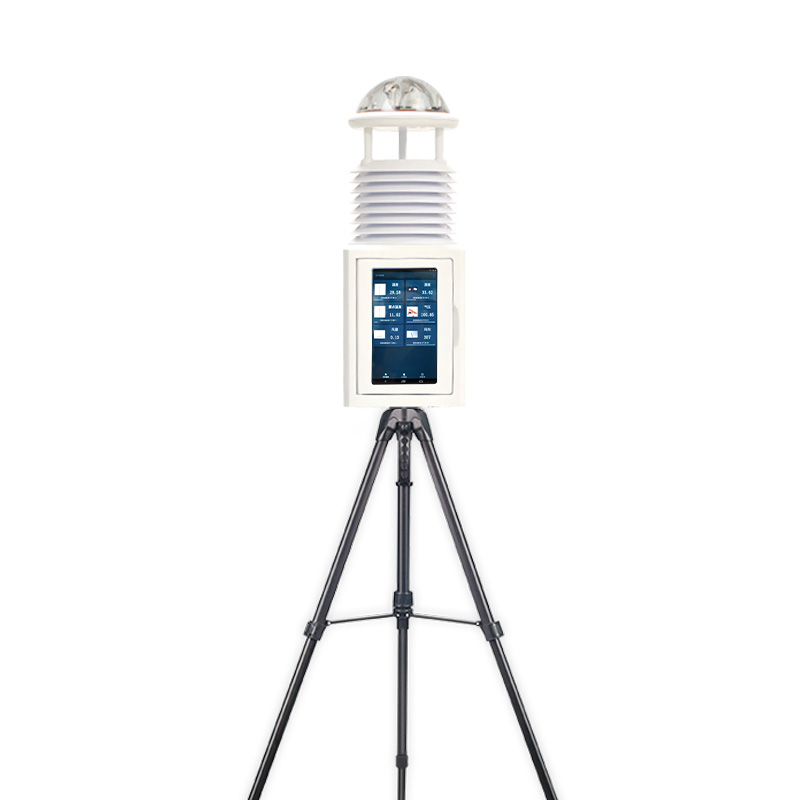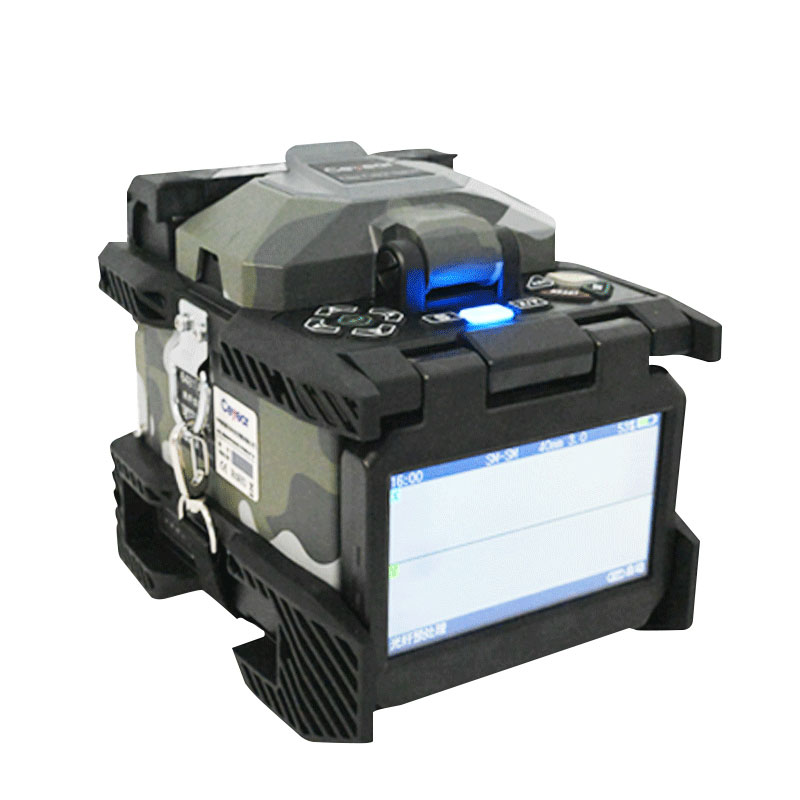Product
Recommended article
- How Forestry Weather Stations Bolster Forest Fire Prevention Efforts
- Discover the Power of Negative Oxygen Ion Monitoring System for Cleaner Air
- Comparative Analysis of Ultrasonic and Automatic Weather Stations in Meteorological Monitoring
- Breaking Through the ‘Last Meter’ with Online Dust Monitoring System
- Mastering Road Conditions with Road Weather Station
- Inhalable Dust Continuous Tester: A Portable Solution for Dust Concentration Monitoring
Contact us
Shandong Fengtu IOT Technology Co., Ltd
Sales Manager:Ms. Emily Wang
Cel,Whatsapp,Wechat:+86 15898932201
Email:info@fengtutec.com
Add:No. 155 Optoelectronic Industry Accelerator, Gaoxin District, Weifang, Shandong, China
Mechanical Weather Stations & Ultrasonic Weather Stations
Article source:Weather station time:2024-02-01 11:41:17 viewed:67times
The sky, like a sentimental dancer, sometimes shows a bright smile, cloudless, sunshine sprinkled all over the earth; sometimes gently cover the face, a few white clouds behind the sneer, but in a flash into dark clouds, thunder and lightning. It is as unpredictable as a baby's innocence and cunning, making it impossible to predict what kind of scenery will be in the next second.
When visiting the websites of large optical astronomical stations at home and abroad, we are able to see real-time environmental monitoring information. Environmental monitoring is a crucial task for optical astronomical observation, which ensures the acquisition of high-quality observation data.
In the early days of astronomical observation, observers could only rely on the naked eye to monitor the amount of clouds over the observatory. However, with the continuous development of detector technology and the advancement of electronic communication technology, today's astronomical observers can monitor changes in the sky in real time from the comfort of their indoor environment.
Meteorological information covers a wide range of elements such as temperature, relative humidity and wind speed and direction. To obtain these data, two types of equipment are used: traditional weather stations and ultrasonic weather stations. Traditional mechanical weather stations rely mainly on mechanical wind anemometers, but their measurement accuracy may be compromised under low wind speed conditions and may not work properly in harsh environments. In contrast, ultrasonic weather stations use ultrasound to measure wind direction and speed, which is not only compact but also provides more accurate data by overcoming the effects of wind speed and environmental factors.
Mechanical weather stations, whose construction usually covers sensors, collectors and external equipment, realise the automatic observation, processing and transmission of meteorological elements. It can instantly monitor changes in meteorological data such as wind, temperature, humidity and barometric pressure, and has a digital display function, thus ensuring accurate monitoring of all meteorological data. The advantages of mechanical weather station lie in the features of simple structure, convenient assembly and easy maintenance, so it is highly favoured in the field of weather monitoring. However, it also has some disadvantages, so it is gradually replaced by ultrasonic weather station. The sky, like a sentimental dancer, sometimes shows a bright smile, cloudless, sunshine sprinkled all over the earth; sometimes gently cover the face, a few white clouds behind the sneer, but in a flash into dark clouds, thunder and lightning. It is as unpredictable as a baby's innocence and cunning, making it impossible to predict what kind of scenery will be in the next second.
When visiting the websites of large optical astronomical stations at home and abroad, we are able to see real-time environmental monitoring information. Environmental monitoring is a crucial task for optical astronomical observation, which ensures the acquisition of high-quality observation data.
In the early days of astronomical observation, observers could only rely on the naked eye to monitor the amount of clouds over the observatory. However, with the continuous development of detector technology and the advancement of electronic communication technology, today's astronomical observers can monitor changes in the sky in real time from the comfort of their indoor environment.
Meteorological information covers a wide range of elements such as temperature, relative humidity and wind speed and direction. To obtain these data, two types of equipment are used: traditional weather stations and ultrasonic weather stations. Traditional mechanical weather stations rely mainly on mechanical wind anemometers, but their measurement accuracy may be compromised under low wind speed conditions and may not work properly in harsh environments. In contrast, ultrasonic weather stations use ultrasound to measure wind direction and speed, which is not only compact but also provides more accurate data by overcoming the effects of wind speed and environmental factors.
Mechanical weather stations, whose construction usually covers sensors, collectors and external equipment, realise the automatic observation, processing and transmission of meteorological elements. It can instantly monitor changes in meteorological data such as wind, temperature, humidity and barometric pressure, and has a digital display function, thus ensuring accurate monitoring of all meteorological data. The advantages of mechanical weather station lie in the features of simple structure, convenient assembly and easy maintenance, so it is highly favoured in the field of weather monitoring. However, there are some disadvantages, so it is gradually replaced by ultrasonic weather station.

This paper addresses:https://www.yf182.com/industry/89.html
Related products
Related article
-
Road Weather Information System: Enhancing Road Safety and Efficiency
2024-09-27 -
Fengtu's Photovoltaic Module Dust Monitoring System: Ensuring Solar Efficiency through Precision Technology
2024-10-28 -
How to choose a dust and noise monitor?
2024-07-16 -
Hand-operated lifting bar lightning rod with flexible design
2024-02-18 -
Dust monitoring system for in-depth environmental protection
2024-02-20 -
Breaking Through the ‘Last Meter’ with Online Dust Monitoring System
2025-01-10 -
What are the must-have equipment for a small weather station on campus?
2024-06-28 -
The Link between Weather and Forest Fires: Unveiled by Forestry Weather Station
2024-10-14










